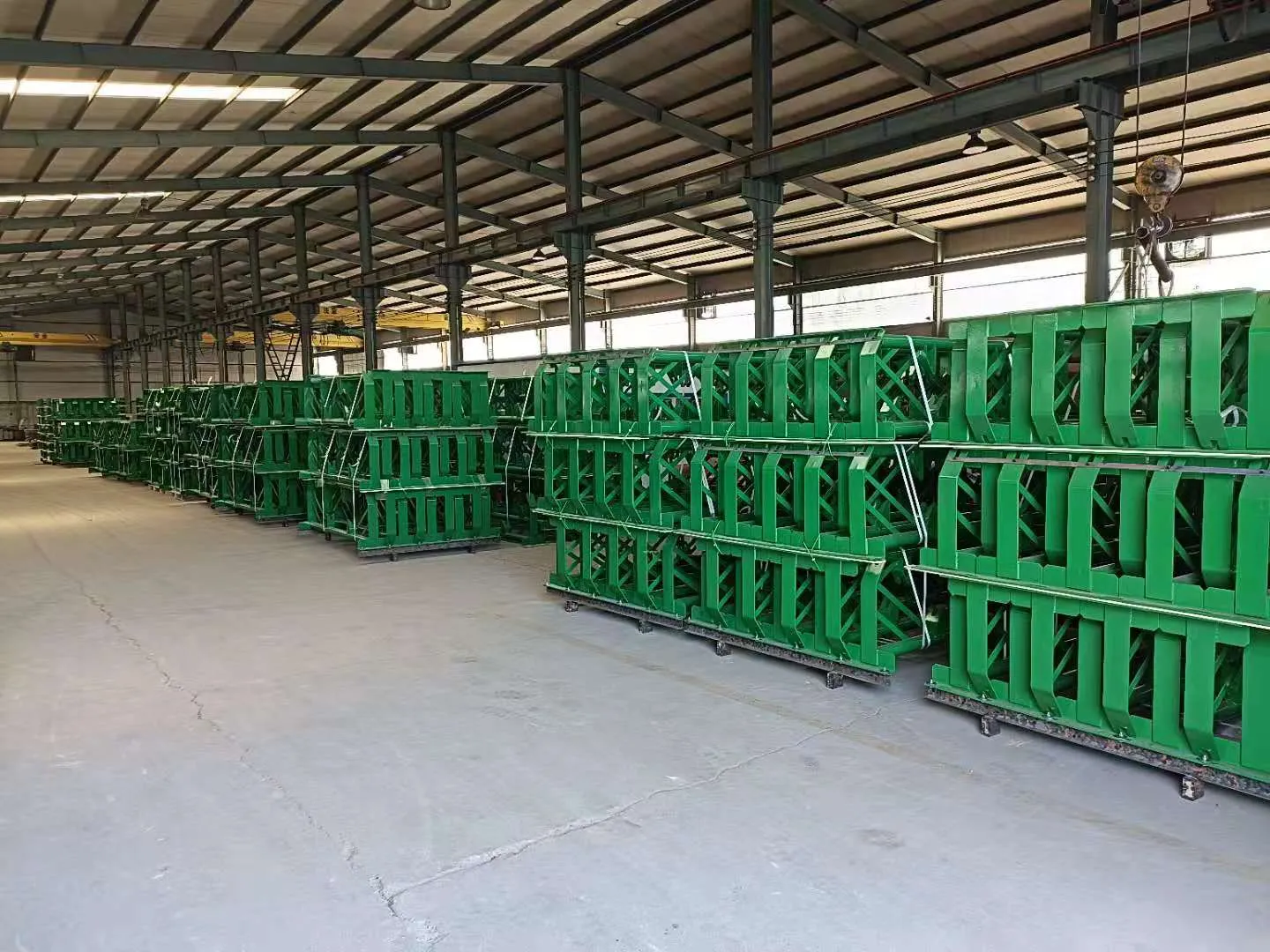 Afrikaans
Afrikaans  Albanian
Albanian  Amharic
Amharic  Arabic
Arabic  Armenian
Armenian  Azerbaijani
Azerbaijani  Basque
Basque  Belarusian
Belarusian  Bengali
Bengali  Bosnian
Bosnian  Bulgarian
Bulgarian  Catalan
Catalan  Cebuano
Cebuano  Corsican
Corsican  Croatian
Croatian  Czech
Czech  Danish
Danish  Dutch
Dutch  English
English  Esperanto
Esperanto  Estonian
Estonian  Finnish
Finnish  French
French  Frisian
Frisian  Galician
Galician  Georgian
Georgian  German
German  Greek
Greek  Gujarati
Gujarati  Haitian Creole
Haitian Creole  hausa
hausa  hawaiian
hawaiian  Hebrew
Hebrew  Hindi
Hindi  Miao
Miao  Hungarian
Hungarian  Icelandic
Icelandic  igbo
igbo  Indonesian
Indonesian  irish
irish  Italian
Italian  Japanese
Japanese  Javanese
Javanese  Kannada
Kannada  kazakh
kazakh  Khmer
Khmer  Rwandese
Rwandese  Korean
Korean  Kurdish
Kurdish  Kyrgyz
Kyrgyz  Lao
Lao  Latin
Latin  Latvian
Latvian  Lithuanian
Lithuanian  Luxembourgish
Luxembourgish  Macedonian
Macedonian  Malgashi
Malgashi  Malay
Malay  Malayalam
Malayalam  Maltese
Maltese  Maori
Maori  Marathi
Marathi  Mongolian
Mongolian  Myanmar
Myanmar  Nepali
Nepali  Norwegian
Norwegian  Norwegian
Norwegian  Occitan
Occitan  Pashto
Pashto  Persian
Persian  Polish
Polish  Portuguese
Portuguese  Punjabi
Punjabi  Romanian
Romanian  Russian
Russian  Samoan
Samoan  Scottish Gaelic
Scottish Gaelic  Serbian
Serbian  Sesotho
Sesotho  Shona
Shona  Sindhi
Sindhi  Sinhala
Sinhala  Slovak
Slovak  Slovenian
Slovenian  Somali
Somali  Spanish
Spanish  Sundanese
Sundanese  Swahili
Swahili  Swedish
Swedish  Tagalog
Tagalog  Tajik
Tajik  Tamil
Tamil  Tatar
Tatar  Telugu
Telugu  Thai
Thai  Turkish
Turkish  Turkmen
Turkmen  Ukrainian
Ukrainian  Urdu
Urdu  Uighur
Uighur  Uzbek
Uzbek  Vietnamese
Vietnamese  Welsh
Welsh  Bantu
Bantu  Yiddish
Yiddish  Yoruba
Yoruba  Zulu
Zulu Optimizing Return on Investment with Efficient Idle Resource Management
The Concept of Return Idler Exploring Its Significance in Modern Systems
In the realm of engineering and mechanical systems, the return idler plays a pivotal role, often underappreciated yet immensely vital to the functionality and efficiency of various applications. The return idler, typically found in belt-driven systems, serves as a crucial component that aids in the proper alignment and tensioning of the belt. This article delves into the significance of the return idler, its functions, and its impact on system performance.
The primary function of a return idler is to support the return path of the belt. In industrial settings, belts are extensively used to transmit power between different machinery components. As the belt travels, it experiences wear and tear, and maintaining the correct amount of tension is essential to ensure that it operates optimally. A return idler provides the necessary support for the return section of the belt, helping to guide it smoothly back to the drive pulley. By doing so, it minimizes slippage, reducing friction and wear on the belt, which extends its lifespan and optimizes overall performance.
Moreover, the return idler contributes significantly to the stability of the belt system. By maintaining proper belt alignment, the return idler prevents misalignment that can lead to increased wear, energy losses, and potential system failures. Misalignment can cause uneven stress on the belt and its components, leading to premature failure. The return idler mitigates this risk by ensuring that the belt follows a consistent path, preserving the integrity of both the belt and the machinery it powers.
return idler

Additionally, the design of the return idler can vary depending on the specific application. Idlers may come in different shapes, sizes, and materials to accommodate the varying loads and environmental conditions they encounter. For instance, in environments exposed to moisture or chemicals, return idlers made from corrosion-resistant materials are essential. Some idlers are designed with features that allow for easy adjustment of belt tension, making maintenance more manageable and efficient. This versatility highlights the importance of selecting appropriate return idlers tailored to the particular needs of a system.
The impact of return idlers extends beyond mechanical integrity; they also contribute to the energy efficiency of systems. A well-aligned and properly tensioned belt system requires less energy to operate, resulting in lower operational costs. By reducing friction and wear, return idlers help to maintain the efficiency of power transmission, which is crucial in competitive industrial markets where energy costs can be significant. The financial benefits, combined with reduced downtime and maintenance costs, make the incorporation of high-quality return idlers an intelligent investment for any organization.
In conclusion, the return idler is a fundamental component within belt-driven systems that significantly influences performance, longevity, and efficiency. Its ability to support the return path of the belt, maintain alignment, and optimize tension is indispensable for the smooth operation of countless applications across various industries. As technology advances and engineering designs evolve, the importance of return idlers will undoubtedly continue to grow, illustrating the critical role they play in modern mechanical systems. Whether in manufacturing, logistics, or energy production, recognizing and investing in quality return idlers can lead to substantial benefits, making them a crucial consideration for engineers and operators alike.
-
Revolutionizing Conveyor Reliability with Advanced Rubber Lagging PulleysNewsJul.22,2025
-
Powering Precision and Durability with Expert Manufacturers of Conveyor ComponentsNewsJul.22,2025
-
Optimizing Conveyor Systems with Advanced Conveyor AccessoriesNewsJul.22,2025
-
Maximize Conveyor Efficiency with Quality Conveyor Idler PulleysNewsJul.22,2025
-
Future-Proof Your Conveyor System with High-Performance Polyurethane RollerNewsJul.22,2025
-
Driving Efficiency Forward with Quality Idlers and RollersNewsJul.22,2025





























